A true grief for a family is when a child is born with one or another developmental disability. Each such case requires a thorough examination to determine the degree of defeat and the possibility of developing skills that can make such a child a member of social society. In such cases, they say that the child needs habilitation.
What is habilitation?
This word has Latin roots. Habilis can be translated into Russian as "being capable of anything, wealthy in some kind of activity."
Abilitation is a whole complex of various medical and pedagogical measures aimed at the most complete treatment of those pathological conditions in children who do not yet have the skills and experience of living in society of young children, which without proper attention of doctors and teachers will lead to a permanent loss of the opportunity to learn, work and to be an ever useful member of society.
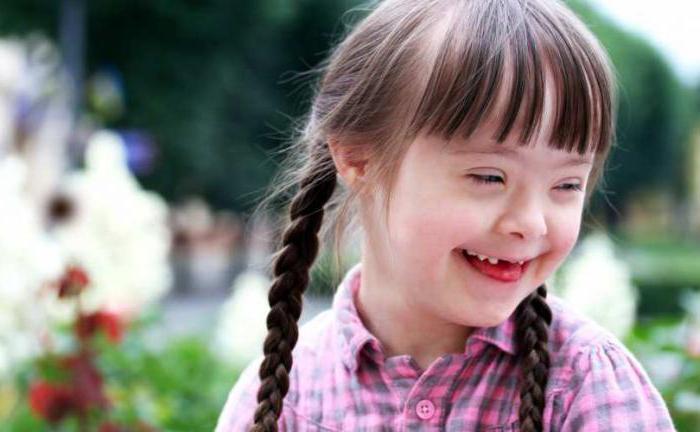
Abilitation is most often a lengthy process, the ultimate goal of which is the acquisition or development of skills that have not yet been formed.
What is the meaning of rehabilitation?
Rehabilitation is also a set of measures with the ultimate goal of restoring any skills and abilities previously lost due to an injury or illness. That is, a person was previously a full member of society, but because of some traumatic factor, he lost his ability to work. Her restoration is rehabilitation.
Thus, habilitation and rehabilitation have much in common and are aimed at assisting patients in acquiring some skills and abilities that in the future will allow them to become full members of the social environment, learn, work and serve themselves.
Rehabilitation components
According to international concepts, rehabilitation means a fairly extensive range of measures aimed at restoring a number of very different opportunities and types of activity: social, intellectual, mental, mental. Such an aspect as social habilitation involves the restoration of a disabled person as a full-fledged subject of society. The pedagogical factor is designed to return the individual to normal activities.
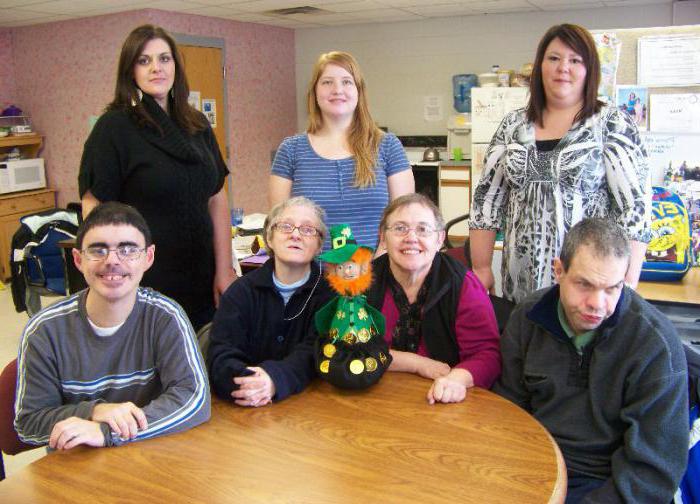
The purpose of the mental aspect is the restoration of personal qualities. The medical component of an integrated approach, ideally, should ensure the restoration of biological parameters, i.e., return the body's vital functions to normal.
The model, which contains all of the above factors, can be considered ideal. It can be used without fear in strategic planning of a rehabilitation center for children and disabled people.
Are there any differences?
Undoubtedly, differences between the two terms exist. As mentioned earlier, in the case of habilitation, skills and abilities are formed under the influence from the outside - from the side of health workers, teachers and psychologists. Rehabilitation is aimed at restoring the functionality lost in the process of some events to the maximum extent possible.
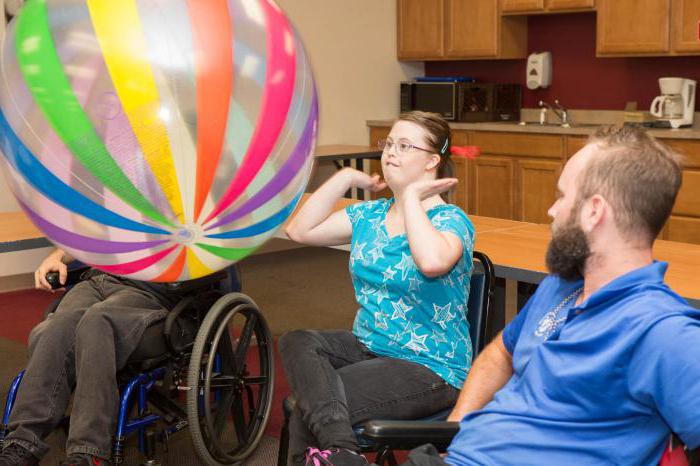
Thus, habilitation is the process most often talked about, referring to children under the age of 1 year old who were born with any abnormalities. While rehabilitation is spoken of in relation to children of older and adolescence who have lost functionality due to damage to the central nervous system provoked by injuries of the brain and spinal cord, diseases of an infectious and inflammatory nature (encephalitis, arachnoiditis, meningitis, poliomyelitis).
However, the term "habilitation" is applicable not only to children, but also to people with disabilities of different ages.
Disabled people
Since 2016, a new, more advanced system of establishing the fact of disability comes into force in the Russian Federation, which allows not only to make a diagnosis, but also to more fully determine what kind of individual assistance each individual patient needs. Thus, such a new formulation is introduced - the habitation of disabled people. What does this concept include?
The key, most important components of this type of habilitation can be called prosthetics, orthosis, using the possibilities of reconstructive surgery, various options for professional orientation, treatment in a sanatorium, the use of physiotherapy exercises, and various sports events.
New law on the habitation of persons with disabilities
The main and most important distinguishing feature of the new bill is an individual program for the disability of people with disabilities. Its essence lies in the fact that a scheme for the restoration or acquisition of new functions should be developed, and then implemented in accordance with the rules and directions that will be established strictly individually, based on the state of human health. The development of such a program or scheme of measures is the prerogative of the employees of the ITU Bureau (medical and social expertise).
As individual recovery measures programs are developed, extracts from these documents will be distributed by ITU bureaus to government agencies authorized to provide such services. Direct performers conducting patient ablation will be required to submit reports to the ITU Bureau.
The developers of the new bill are convinced of the benefits of the new system.

Such an approach to the problem will make it necessary to pay more attention to the protection and rehabilitation of persons with disabilities (including children) who were previously deprived of any assistance at all, or it did not appear to be necessary.
Financing a new project
The financial support of such a program as habilitation is a rather serious issue. Previously, all the costs of restoring lost functions or acquiring previously absent functions, as a rule, were a burden on the shoulders of parents or the assistance funds created by them. But treatment of this kind is almost always expensive. In addition, a wide variety of technical means and restoration processes also required considerable investments.
Now, according to the new law, a certain amount is allocated from such budgets for such events. As for 2016, the amount of funds for these purposes is 9.3 billion rubles, and they will be allocated from the social insurance fund.

An official document signed by the leadership of the country determines that these financial flows can be used in two ways. Firstly, the provision of technical means and services for habilitation and rehabilitation (volume - 7.7 billion rubles). Secondly, this is the provision of financial assistance to local budgets from the state (subvention) for such events (volume - 1.6 billion rubles).
Is the time factor important?
Yes, this is very, very important. I must say that the late onset of habilitation of people with disabilities (that is, it was described above) is likely to give a minimal effect or be difficult to achieve. Based on this, it can be concluded that habilitation is most effective against young children with disabilities.
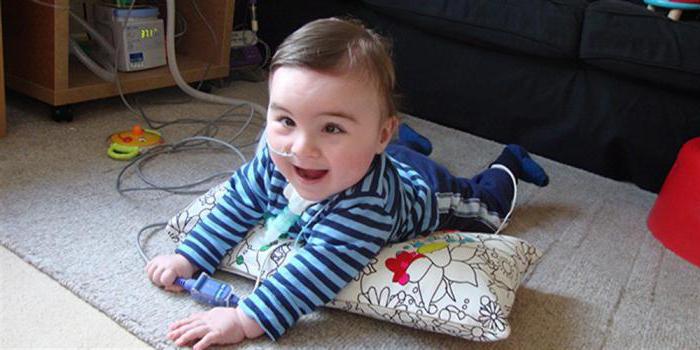
In general, the essence of this process is not only to treat and modify existing disorders of the physical or mental plan, but also to achieve the goal (i.e., improve functionality) using alternative methods if the usual paths are blocked. Or there is another way - adaptation of the environment to the level that the missing functions are compensated.
Rehabilitation measures begin to be carried out almost from the first days of the disease or injury. All actions are carried out continuously and in stages. As for habilitation, here events can start from the moment when the health status of the future mother and fetus was monitored, or from the moment the baby is born with developmental disabilities.
So…
Abilitation is, in fact, a multi-stage and multi-sided process, which is designed to provide the patient with the opportunity to lead a life as close as possible to normal in its universal understanding. By this way of life, we mean the one that a child or an adult would have had if he had not had one or another deviation and functional limitation.
The new habilitation program is able to help the best and most effective way handicapped person become a full-fledged subject of society, arrange your professional, and sometimes personal life.
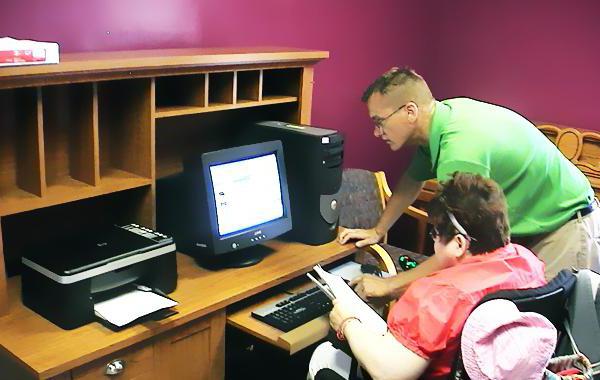
And the direct duty of all full-fledged members of the social environment is to create the most favored nation treatment and stimulate such people to achieve their goals.